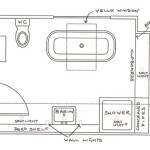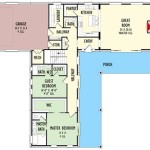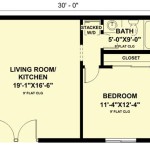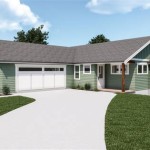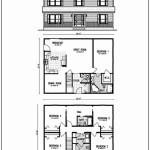Floor Plans of Old Houses: Uncovering Architectural History
Floor plans of old houses offer a fascinating glimpse into the architectural history and social norms of bygone eras. By examining the layout, room arrangements, and structural details of these antique homes, we can gain invaluable insights into the lives and values of their former occupants.
Pre-Industrial Era (Before the 1800s)
Floor plans of pre-industrial era houses were largely dictated by practical considerations. Houses were typically small and functional, with a central hearth for cooking and heating. Rooms were often multipurpose, serving as both living and sleeping spaces. The lack of privacy and separate rooms reflected the communal nature of family life during this time.
Colonial Era (17th-18th Centuries)
Colonial era floor plans showcased a more refined and structured approach to architecture. Houses were often larger and more spacious, with dedicated living rooms, bedrooms, and dining areas. The introduction of windows and chimneys improved ventilation and comfort. Symmetry and balance became prominent design elements, reflecting the influence of European architectural styles.
Federal Era (Late 18th-Early 19th Centuries)
The Federal era witnessed the emergence of more elaborate and elegant floor plans. Houses often featured grand entrances, formal dining rooms, and multiple fireplaces for warmth and ambiance. The influence of classical architecture is evident in the use of columns, pediments, and decorative moldings.
Greek Revival Era (1820s-1860s)
Greek Revival architecture was characterized by its symmetrical and proportional floor plans. Houses were typically rectangular or square in shape, with a central entrance leading into a grand hallway. The use of columns and pilasters on both the exterior and interior created a sense of grandeur and sophistication.
Victorian Era (1830s-1900s)
Victorian era floor plans reflected the eclecticism and ornamentation of the era. Houses were often asymmetrical, with complex rooflines, bay windows, and turrets. The interior contained multiple rooms dedicated to specific functions, such as parlors, libraries, and guest rooms. The use of wallpaper, decorative tiles, and elaborate woodwork added to the opulent atmosphere.
Edwardian Era (1901-1910)
Edwardian era floor plans were influenced by the Arts and Crafts movement, which emphasized simplicity and functionality. Houses were often less ornate than Victorian homes, with an emphasis on natural materials and open spaces. The use of fireplaces and built-in cabinetry created a cozy and inviting ambiance.
Preserving Historic Floor Plans
Preserving the original floor plans of old houses is crucial for maintaining their architectural integrity and historical significance. By understanding the design principles and construction methods of the past, we can ensure that these valuable structures endure for generations to come.
Modern Interpretations
While it is important to preserve historic floor plans, it is also possible to incorporate modern elements and amenities into old houses. Careful renovations can enhance functionality and comfort while respecting the original architectural character. By blending the charm of the past with the conveniences of the present, we can create truly unique and timeless living spaces.

900 Best Old House Floor Plans Ideas In 2024

Cool Old House Plan Vintage Plans Victorian Sims

New House Floor Plans Old Charm

Loading Vintage House Plans Blueprints

European Elegance Old World House Plans We Love Blog Eplans Com

House Plans Free Stock Photos Rgbstock Images Tacluda July 24 2010 82

9 Ways To Find Floor Plans Of An Existing House Blueprints Archid

1900s Farmhouse Plans Victorian House Floor

Historic Floor Colonial Style House Plans

1905 Hodgson House Plans Early 20th Century Homes Old Houses For

